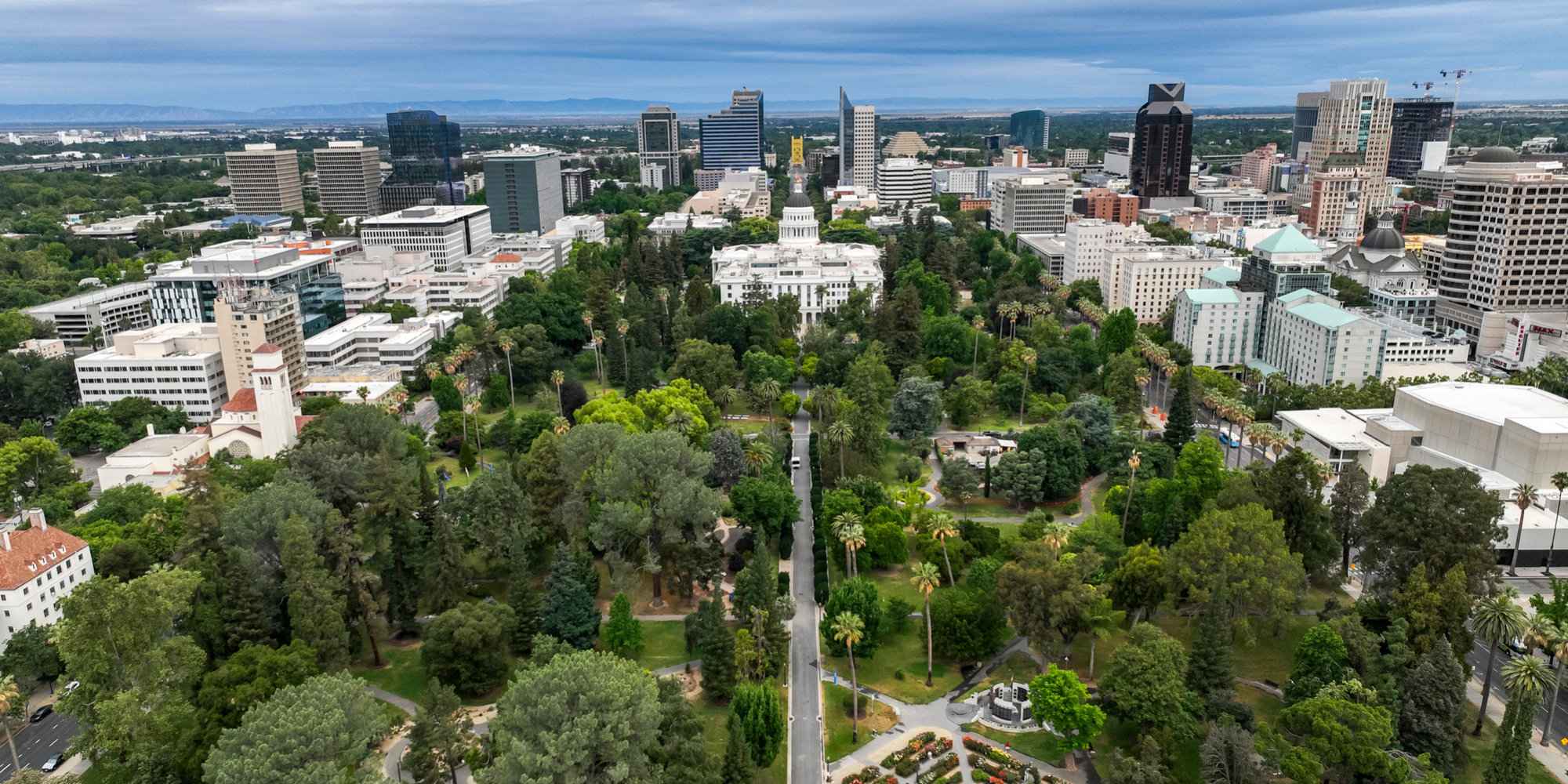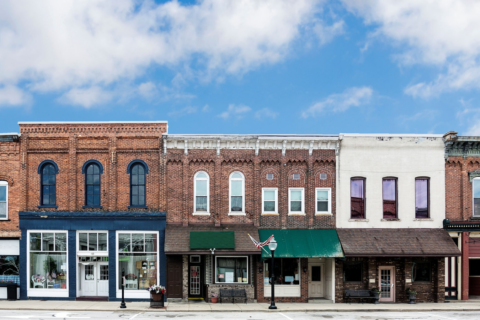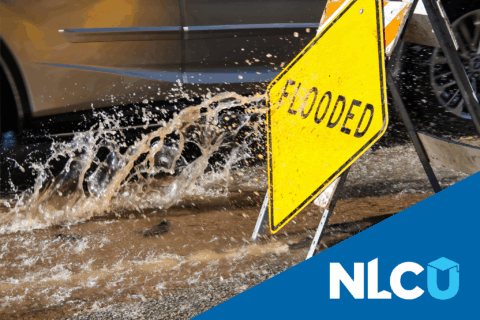As climate change continues impacting our infrastructure, environment and economy, local leaders must find creative ways to fund projects that protect their residents and enhance the livability and health of their communities. Local revenue streams are not enough to fund the backlog of existing projects and the suite of needed updates to develop built and social infrastructure to withstand increasingly frequent events like storms, flooding, wildfire and drought.
Federal funding like the American Rescue Plan Act’s (ARPA’s) State and Local Fiscal Recovery Funds (SLFRF) program is intended to implement or accelerate a wide variety of actions, including opportunities to protect America’s most vulnerable populations at risk of climate change. Municipal leaders allocated ARPA funding to advance on-the-ground climate resilience projects, demonstrating the value of locally controlled funding for adaptation projects. Resilient infrastructure strategies that meet current and future climate and environmental needs.
Resilient infrastructure includes strategies that enhance reflectivity and porosity of surfaces like roads and roofs, increase bioretention through funding for green spaces in the right places and reduce extreme heat impacts through strategic shading and greening.
ARPA Insights: How Kansas City, MO, and Tucson, AZ, are Advancing Climate Resilience to Prepare their Communities
Kansas City budgeted nearly $50,000 to increase the tree canopy in a downtown-adjacent neighborhood, the Crossroads. Although the Crossroads is the most walkable urban neighborhood in the Kansas City area, it has limited tree coverage with 92% impervious surface and only 1.22% tree canopy cover. The Crossroads Community Association will use the funds to mitigate urban heat islands by planting up to 100 new street trees annually, effectively doubling the neighborhood’s tree canopy in a five-year span. Not only can investing in tree canopy address current climate impacts like reducing urban heat island effect and emissions, but shading also encourages increased tourism for thousands of people who enjoy the city’s monthly First Friday event. The city is working in other ways to address potential climate impacts through a comprehensive Climate Action Plan with the goal of the community becoming carbon neutral by 2040.
The City of Tucson budgeted more than $9 million to enhance the resiliency and sustainability of its infrastructure, including funding for programs like the city’s Climate Action Plan, irrigation investments to support tree planting that will reduce urban heat impacts for the most vulnerable residents and support for electric vehicle charging infrastructure, among other efforts. Like many cities across the US, Tucson is using a portion of their ARPA funding along with other funding streams to implement projects and policies to advance climate resiliency across their communities. In 2020, the City of Tucson launched an effort to develop a climate action and adaptation plan. Their plan, Tucson Resilient Together, was adopted by the Mayor and Council on March 7, 2023, and includes strategies to increase solar, increase the reflectivity of surfaces including roads and sidewalks and support shade and tree canopy initiatives.
Climate change will continue impacting our nation’s infrastructure, economy and environment. Federal investment in local infrastructure projects saves on costs to repair and rebuild from future damages caused by increasingly frequent and intense natural disasters. Funding and support for local policies and projects that advance climate-resilient land use decisions, infrastructure design and project construction are key to a healthier future for communities and the ecosystems they rely on. Without continued federal funding avenues to local governments through streams like SLFRF, many of our most impacted cities, towns and villages cannot fund critical projects to prepare their communities and boost local economies. Federal investment is key to a safer and more prosperous nation, especially as it relates to supporting a climate-ready future.









